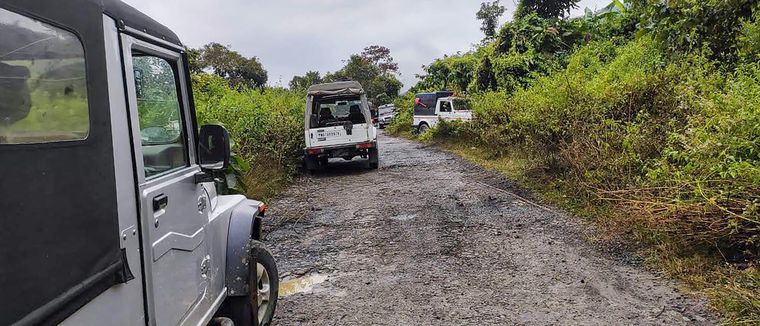KASHMIR
The Kashmir imbroglio is as old as India. After three wars and several healing touches by various prime ministers, Narendra Modi in 2019 made the historic decision to remove Jammu and Kashmir’s special status and divide it into two Union territories. It was an ideological victory for the BJP.
Kashmir had special status since 1949, two years after Maharaja Hari Singh signed the treaty of accession to India when Jawaharlal Nehru was prime minister. Lal Bahadur Shastri won the war with Pakistan by opening the western front to save Kashmir. The Tashkent agreement was signed a few days before Shastri’s death to revert to the pre-1965 position.
Indira Gandhi signed the Shimla agreement with her Pak counterpart Zulfikar Ali Bhutto, recognising the ceasefire line following the 1971 war as the Line of Control. And both sides agreed to keep the region a bilateral issue.
The Russian invasion of Afghanistan in 1979 changed things for Kashmir as well. The mujahideen, trained by Pakistan to counter Russians, later shifted attention to Kashmir.
In 1984, Indira approved Operation Meghdoot to take control of Siachen Glacier. During V.P. Singh’s tenure, the exodus of Kashmiri Pandits gave the conflict a whole new dimension. Several PMs, including Chandra Shekhar and I.K. Gujral, visited Kashmir in a bid to solve the crisis.
Atal Bihari Vajpayee and Manmohan Singh spoke about Kashmiriyat as they tried to bring peace to the region. During his first tenure, Modi tried a political solution as the BJP ran a coalition government with the valley-centric Peoples Democratic Party. During his second tenure came the drastic decision to take away the special status.
Peace, though, still eludes Kashmir.
NAXALISM
The armed movement against landowners and political repression erupted in 1967. Four years later, Indira Gandhi launched the first concentrated operation against the rebels. Several hundreds were killed and many more arrested.
Over the years, the issue was seen as the state’s failure on the socioeconomic front, which several PMs tried to address through regional governments.
In 2005, a vigilante group called Salwa Judum was formed in Chhattisgarh with state patronage. In 2006, Manmohan Singh termed Naxalism as the single biggest internal security threat. He launched Operation Greenhunt three years later, when Naxal influence spread to 180 districts.
The Modi government curtailed the spread to 25 districts. A politically loaded term, ‘Urban Naxals’, was coined to attack the government’s opponents. “All forms of Naxals, be it gun-toting or pen-wielding, have to be defeated,” said Modi.
INSURGENCY IN THE NORTHEAST
For the most part of post-independence history, the northeast has been an outpost to be protected. The seven northeastern states would be brought to focus every time a sub-nationalist insurgency escalated.
Some of the sectarian demands predate India’s independence, and some insurgent groups―such as the National Socialist Council of Nagaland (NSCN), the Meitei groups in Manipur, and the United Liberation Front of Assam (ULFA)―continue to agitate for separate homelands.
Nehru promised autonomy to Nagas. He had an emotional bond with the tribals whose identities he wanted preserved. For many decades, the region remained cut off from the mainland―people from outside needed travel documents called Inner Line Permits to enter it.
The Army was called in when the Mizo National Front launched an armed offensive. In 1986, when Rajiv Gandhi was prime minister, the Mizo peace accord was signed. Rajiv was also instrumental in signing the Assam Accord with the All Assam Students Union. ULFA, though, rejected it and continues to fight.
Narasimha Rao’s Look East policy involved dialogues with Myanmar, after which several joint military operations were launched against the insurgents. Rao, Deve Gowda and Gujral participated in several rounds of talks with Nagas. In 1997, when Gujral was prime minister, a ceasefire agreement was signed with the Isak-Muivah faction of the NSCN. It has since been in force.
Vajpayee and Manmohan Singh, too, continued efforts to restore peace through dialogue with Nagas and ULFA. Vajpayee set up a Union ministry for developing the northeast. Modi brought political focus on the region, as the BJP now rules most of the states. In 2015, Modi also signed a peace agreement with the NSCN(IM).
The peace remains fragile, though, and in need of New Delhi’s continuous focus.




